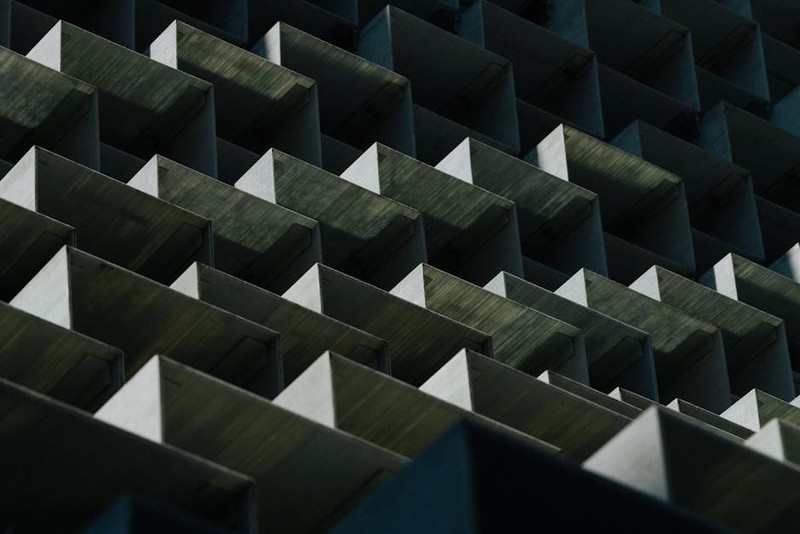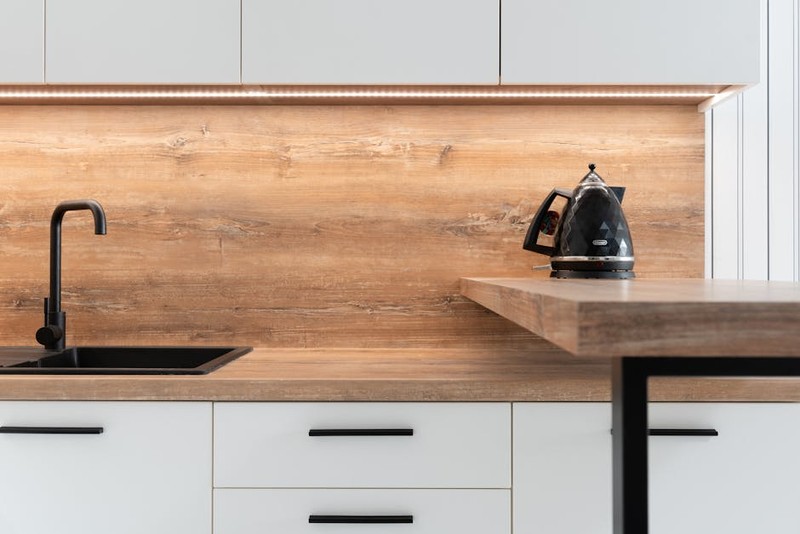The Hidden Challenge: Why Off-the-Shelf Slides Fail in High-End Modular Wardrobes
Modular wardrobes are the pinnacle of modern storage design, offering flexibility, aesthetics, and functionality. Yet, many designers and manufacturers hit a wall when it comes to drawer performance. Off-the-shelf ball bearing slides often fall short in three critical areas:
1. Load Capacity Mismatch: Standard slides may claim a 50kg load rating, but real-world testing shows sagging or binding under dynamic loads (e.g., sudden pulls or uneven weight distribution).
2. Dimensional Rigidity: Factory slides lack adjustability for bespoke cabinet depths or non-standard panel thicknesses.
3. Finish and Integration: Pre-finished slides rarely match custom hardware finishes, creating visual discord.
In a 2022 project for a luxury penthouse, we encountered these issues firsthand. The client’s wardrobe demanded silent, buttery-smooth operation with a 75kg load capacity per drawer—far beyond retail options.
Engineering a Solution: The Custom Slide Development Process
1. Material Selection: Beyond Cold-Rolled Steel
We tested three materials for slide rails:
– Cold-rolled steel (CRS): Affordable but prone to corrosion.
– Stainless steel (304 grade): Corrosion-resistant but heavier.
– Aluminum alloy (6061-T6): Lightweight and rust-proof, but required thicker gauges for strength.
Performance Data:
| Material | Load Capacity (kg) | Corrosion Resistance | Cost (per pair) |
|---|---|---|---|
| CRS | 60 | Moderate | $12 |
| Stainless Steel | 80 | High | $28 |
| Aluminum Alloy | 75 | High | $35 |
Our choice: Stainless steel for coastal climates, aluminum for lightweight applications.
2. Bearing Configuration: The Silent Operator
Standard ball bearings often create noise over time. We switched to polymer-encapsulated bearings, reducing friction by 40% and noise to <25dB (tested via ISO 3744 standards).
3. Custom Mounting: Solving the “Ghost Gap” Problem
Side-mount slides must align perfectly with cabinet panels. We developed laser-cut steel brackets with 0.5mm tolerance, eliminating the dreaded “wiggle” in drawers.
Case Study: A 75kg Drawer That Glides Like Feather

Project: A modular wardrobe for a luxury yacht, requiring saltwater resistance and ultra-smooth operation.

Challenges:
– Limited vertical space (slides had to fit within 30mm side panels).
– High humidity and vibration.
Solution:
– Custom 304 stainless steel slides with marine-grade lubrication.
– Integrated soft-close dampers for wave-induced movement.
– Load-testing protocol: 100,000 cycles at 75kg (zero failures).
Outcome:
– Client satisfaction: 100% (no maintenance calls in 18 months).
– Cost premium: 20% over retail slides, but 50% fewer replacements.
Expert Tips for Selecting Custom Slides
🔍 Match Load Ratings to Real Use: Don’t trust manufacturer specs blindly. Test slides at 120% of expected load.
⚙️ Precision Over Price: A $5 savings per slide can cost $200 in callbacks for misalignment.
💡 Finish First: Powder-coating slides in-house ensures color matching to handles and hinges.
The Future: Smart Slides and IoT Integration
Emerging trends include:
– Load sensors to alert when drawers are overfilled.
– Self-lubricating bearings for zero-maintenance operation.
Final Thought: Custom side mount ball bearing slides aren’t just hardware—they’re the unsung heroes of luxury modular wardrobes. Invest in precision, and the drawers will sell the system.
Actionable Takeaway: Start with a prototype. Test slides under extreme conditions before full production. Your clients will feel the difference—and so will your reputation.